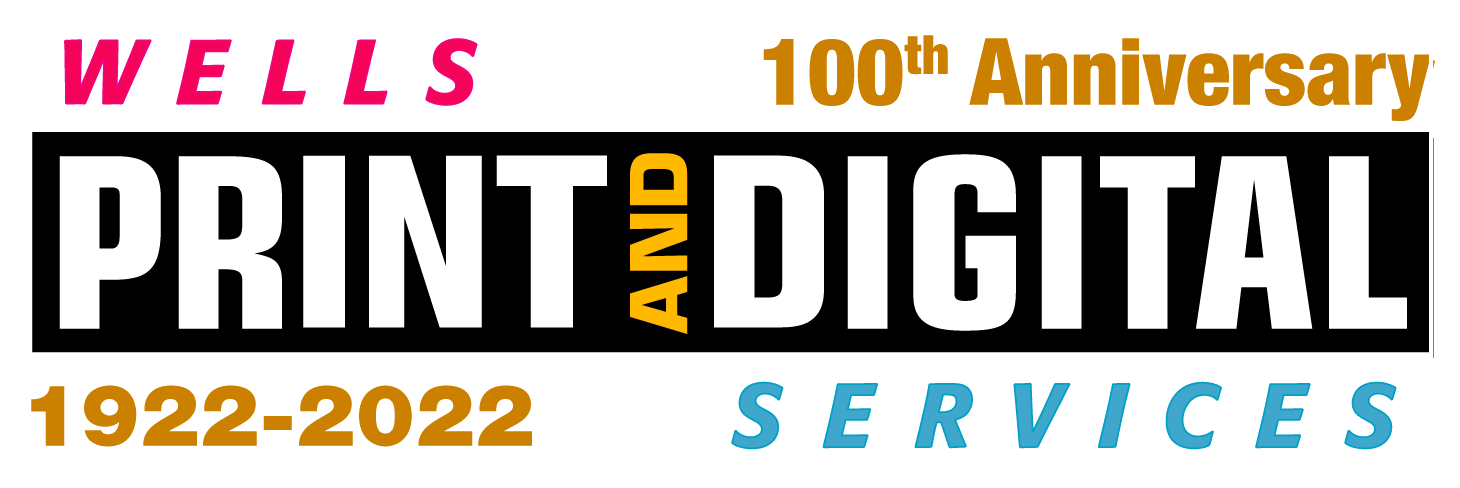Offset Printing or Digital Printing?
Offset Printing: The offset printing process begins with an image being burned/etched onto a plate. Once on press, this image is transferred to a rubber blanket through a roller system and then onto a sheet of paper. The term “offset” means the ink is not transferred right onto the paper. The advantage of offset printing is the ability to print in large quantities in a cost effective way. The more you print, the less price it is per piece. Also, it offers the use of custom inks, Pantone, metallic, or fluorescent colors with superiors print quality. The initial offset set-up takes longer and is more expensive, but as the quantity increases, the cost per piece comes down dramatically.
Digital Printing: There are no plates used in the digital printing process. Images are digitally transferred by rollers/drums using toner or some liquid ink (think laser printer/copier). An advantage of digital printing is the ability to print a smaller quantity to the exact number of pieces needed, like a run of 10 or 100. This keeps the cost of materials (paper,toner) down, so there is less waste. The set-up costs are generally lower for digital printing compared to offset. A unique advantage that digital has over offset is that it can run variable data. This means that each printed piece can have a different name, address, or number. Offset printing cannot give you this option. The print quality has also improved immensely over the years, making the digital process more comparable with offset.
Offset and digital both have their place in the printing market. Each have specific benefits depending on the requirements of your printing project. If you are in need of a large quantity of printed pieces or a specific Pantone color, offset would be the best choice. On the other hand, if turnaround and the need for minimum quantities are what you need, then digital would be the way to go.

